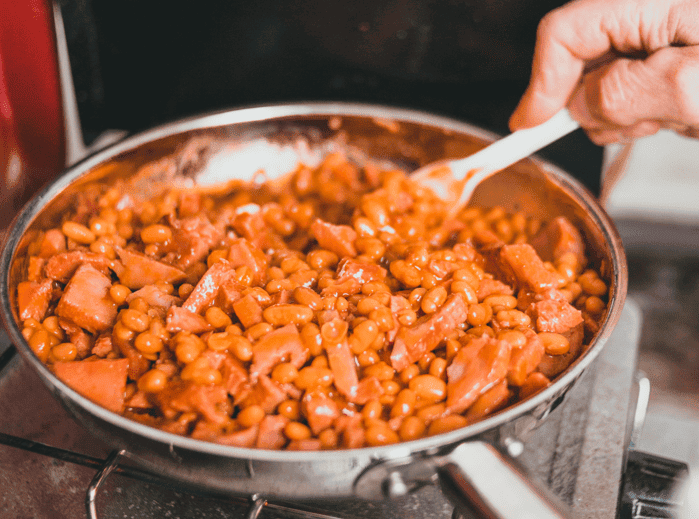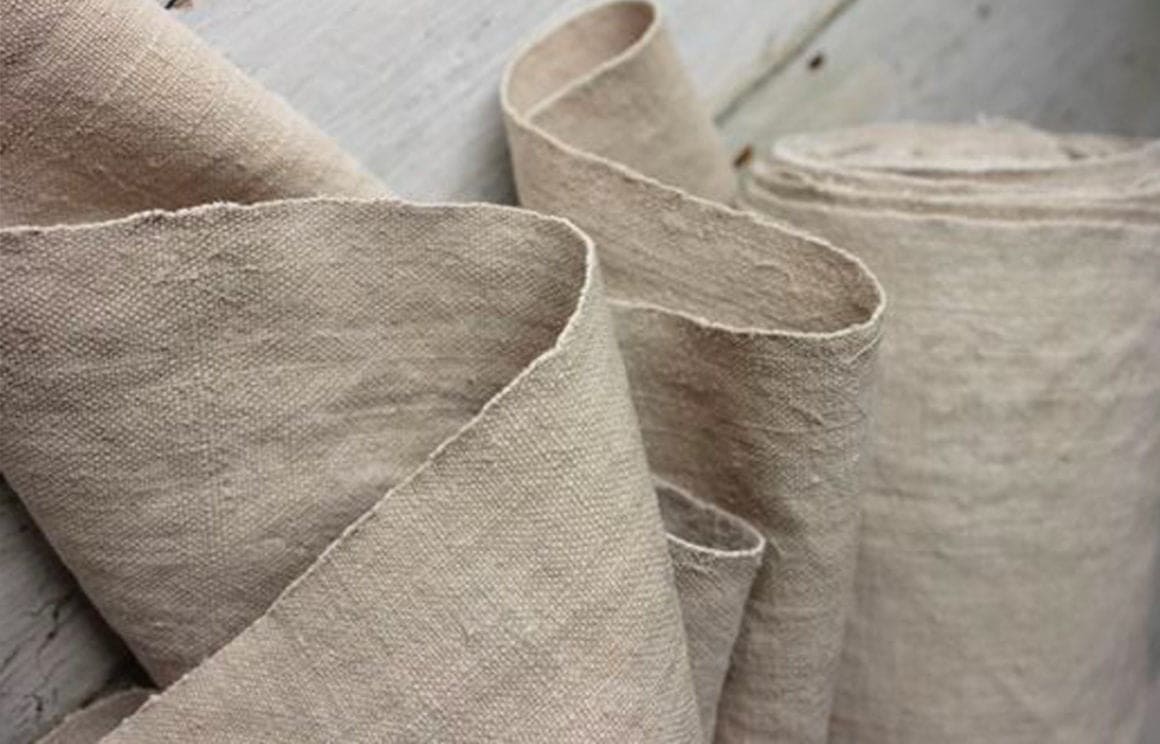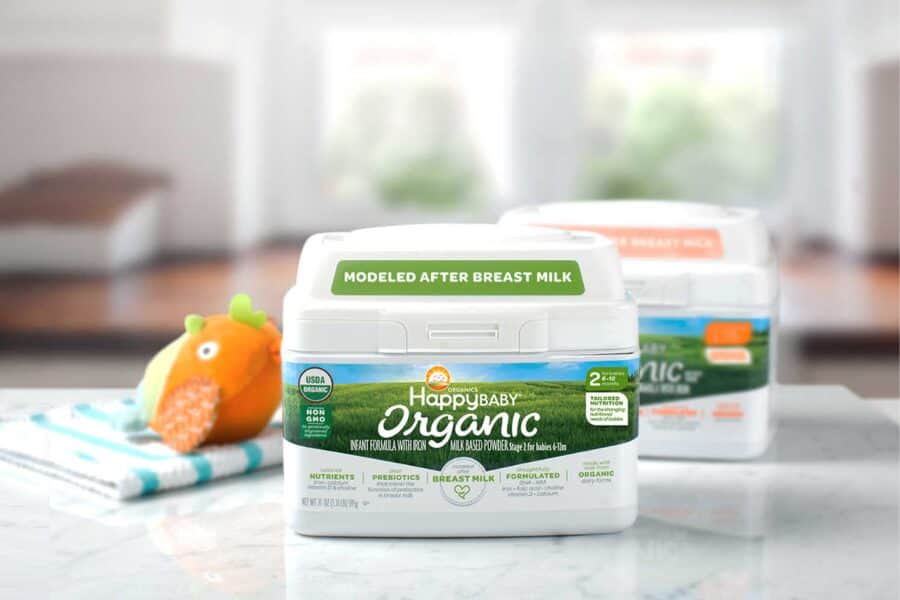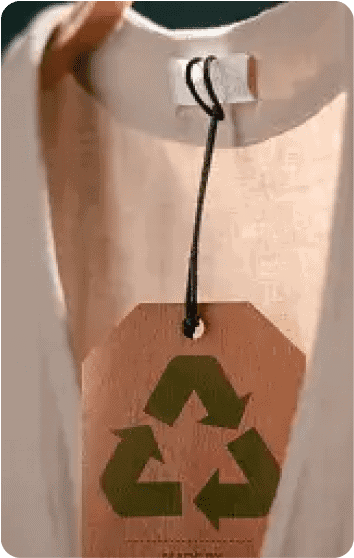In today’s fast-paced world, convenience is paramount, particularly when it comes to food. Picture this: you’ve just prepared a delightful batch of hearty baked beans, a cherished family recipe that always leaves you with a surplus. Can you freeze these extra baked beans? You may wonder. The short answer is yes, you absolutely can, and this guide will take you through the process, step by step.

The Basics of Freezing Baked Beans
It’s a common misconception that certain foods, particularly those rich in sauce like our baked beans, don’t freeze well. This couldn’t be further from the truth. Understanding the science of freezing is key to assuaging these doubts. When you freeze food, it significantly slows down the molecular movement, thereby preserving the food’s freshness for an extended period.
Now, let’s address the elephant in the room: Do frozen baked beans still taste good? Yes, they do. Freezing might alter the texture a tad, rendering the beans a bit softer upon reheating, but their delightful, comfort-food flavor remains undisturbed. As a bonus, freezing does not deplete the nutritional value of the beans. So, you’re not trading convenience for health benefits.
As a child, I remember my grandmother carefully packaging leftover baked beans into various containers, tucking them into the freezer for later. I was skeptical at first, but I was pleasantly surprised when I tasted them. They were just as good as fresh!
A Step-by-Step Guide to Freezing Baked Beans

Preserving baked beans for the long term might sound intimidating, but it’s simpler than you’d imagine. It’s crucial to cool your beans quickly after cooking to maintain their quality. Leave them at room temperature for too long, and bacteria may start to multiply.
Next, the choice of storage containers is pivotal. I highly recommend using sealable, freezer-safe bags or airtight containers. They effectively maintain freshness, keep freezer burn at bay, and maximize your freezer space with easy stacking.
Scoop your cooled beans into your chosen container, leaving a bit of space at the top to accommodate any expansion during freezing. Seal tightly, label with the date (for best quality, aim to consume within 6 months), and into the freezer they go!
How to Thaw and Reheat Frozen Baked Beans

Thawing your frozen beans requires a smidgen of forethought. Ideally, move them from the freezer to the fridge about 24 hours before you plan to eat them. This slow thawing method helps preserve the texture and flavor.
When it comes to reheating, simplicity is key. Pour your beans into a saucepan and warm them over low to medium heat, giving them an occasional stir. If you’re short on time, microwaving is a great option. Use a microwave-safe dish, cover, and remember to stir them periodically for even heating.
Safety should always come first when dealing with food. So, ensure your beans reach a minimum internal temperature of 165°F (74°C) to kill any potential bacteria. A food thermometer is a handy tool for this.
FAQs
Do I need to thaw my baked beans before reheating?
Can I refreeze thawed baked beans?
Will freezing affect the nutritional value?
Conclusion
In conclusion, freezing baked beans is not only possible, but it’s also a brilliant way to ensure you always have a hearty, nutritious meal on hand. So next time you prepare a large batch of baked beans, remember this guide and freeze with confidence.
Indulge in flavorful vegan recipes and sustainable food options – visit our food blogs for inspiration, and find answers to all your food-related questions to make conscious and delicious choices!















